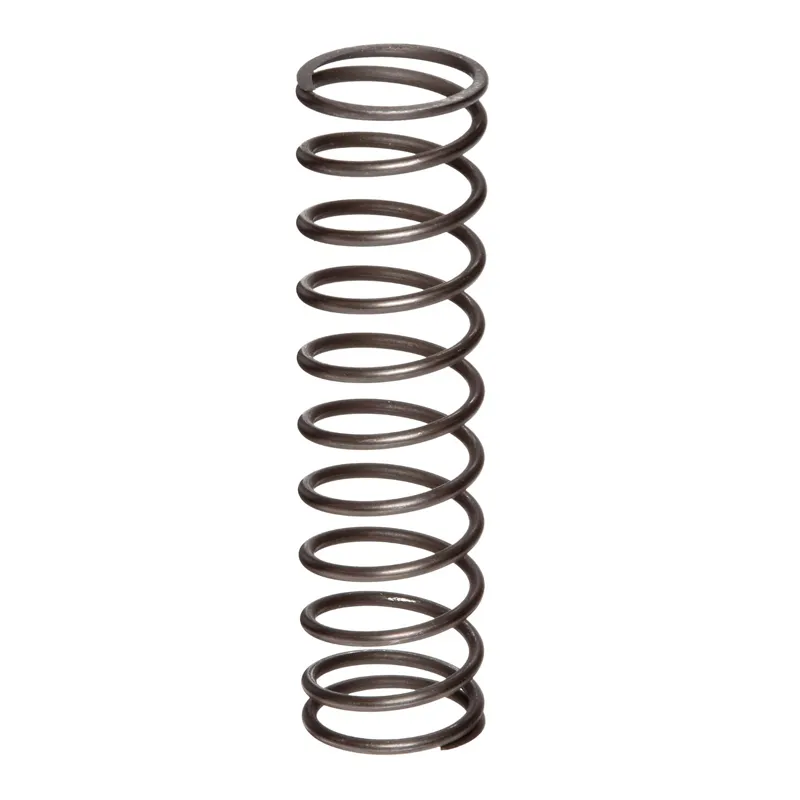
- Mobile Phone
- +8613931874955
- sales@cntcmetal.com
What is a Compression Spring? | Definition, Uses & Types
What is a Compression Spring?
A compression spring is a mechanical device designed to store potential energy and release it when needed, primarily through the process of compression. These springs are commonly used in various applications across different industries, from automotive to electronics, owing to their ability to absorb and release energy effectively.
What is a Compression Spring?
The main function of a compression spring is to provide resistance to compressive forces. When an external load is applied to the spring, it compresses, and the potential energy is stored within its coils. Once the force is removed, the stored energy is released, allowing the spring to return to its original shape. This characteristic makes compression springs essential in mechanisms where energy storage and release are critical.
what is a compression spring

The design of a compression spring can vary based on the intended application. Factors such as wire diameter, coil diameter, the number of coils, and material type all influence a spring's load capacity, performance, and durability. Engineers often utilize spring design software to analyze these parameters, tailoring the spring to meet specific requirements, including strength, fatigue resistance, and deflection.
When selecting a compression spring for a particular application, it is crucial to consider the spring constant, which measures the stiffness of the spring. A higher spring constant indicates that more force is required to compress the spring, while a lower spring constant signifies a softer spring. Additionally, the environment in which a compression spring operates should be taken into account—for instance, exposure to corrosive substances can affect the longevity of the spring.
Compression springs have numerous applications, including but not limited to automotive suspensions, keyboard switches, and industrial machinery. In automotive applications, they are integral to shock absorbers and dampers, providing essential support and stability. In electronics, compression springs can ensure consistent contact in switches and connectors.
In conclusion, compression springs are versatile components that play a crucial role in countless applications by effectively managing force and energy. Their design and material choices determine their performance, making it vital for engineers to understand the fundamentals of spring mechanics to create efficient and reliable systems.
share:
-
Yard Sign Stakes: Reliable Guardians of Outdoor SignsNewsAug.04,2025
-
Wall Ties: Invisible Guardians of Building StabilityNewsAug.04,2025
-
Resilient Web: The Super Guardian Power of Concrete MeshNewsAug.04,2025
-
Masonry Accessories: A versatile assistant on building foundationsNewsAug.04,2025
-
Iron Binding Wire: the 'invisible reinforcement specialist' in the fields of architecture and industryNewsAug.04,2025
-
Dynamic Spring: The diverse functions and excellent performance of Wire Tension SpringNewsAug.04,2025
-
Your Source for Concrete Wall Ties and Masonry AccessoriesNewsJul.10,2025



















